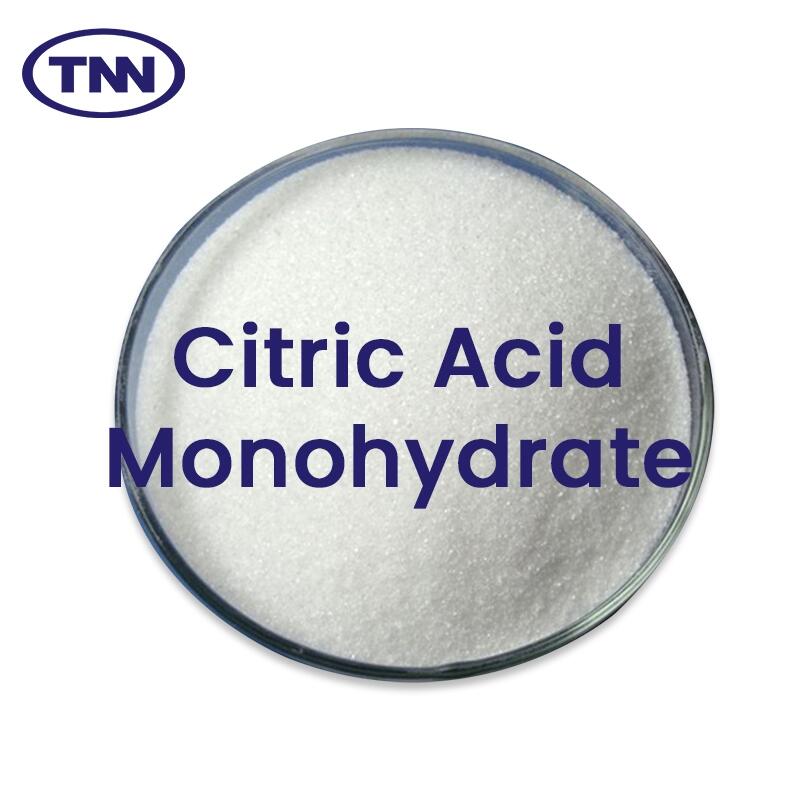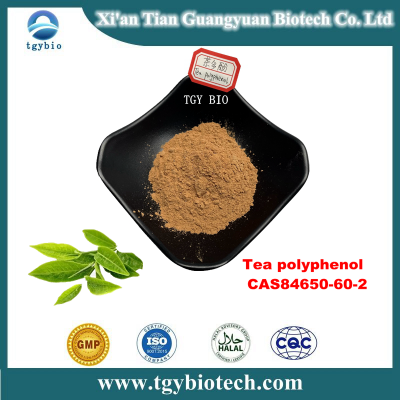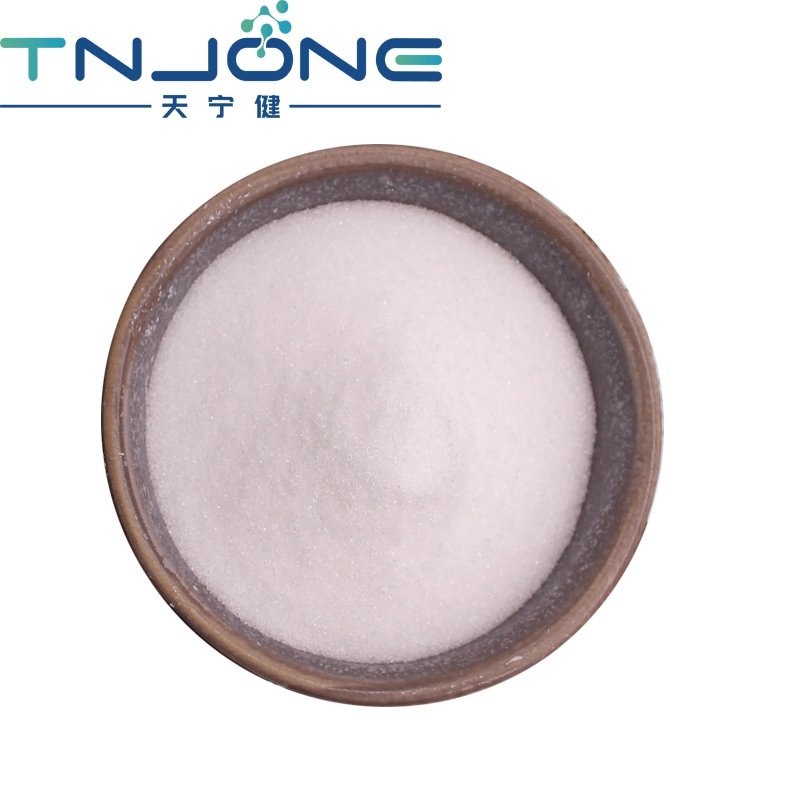-
Categories
-
Pharmaceutical Intermediates
-
Active Pharmaceutical Ingredients
-
Food Additives
- Industrial Coatings
- Agrochemicals
- Dyes and Pigments
- Surfactant
- Flavors and Fragrances
- Chemical Reagents
- Catalyst and Auxiliary
- Natural Products
- Inorganic Chemistry
-
Organic Chemistry
-
Biochemical Engineering
- Analytical Chemistry
-
Cosmetic Ingredient
- Water Treatment Chemical
-
Pharmaceutical Intermediates
Promotion
ECHEMI Mall
Wholesale
Weekly Price
Exhibition
News
-
Trade Service
The need for natural ingredients and cleaning labels inspires new red and blue solutions.are seeing consumer demand for red (and blue) continue to drive demand for natural colors and ingredients. In particular, the need for common ingredients free of chemical additives is driving food processors to find new options in red and blue.
consumers are aware of the ingredients listed on the packaged foods they buy,said
Bulbul Ja
in, industry manager for
's beverage division at
LCC
,
St. Louis
.
"
top three consumer insight trends are natural, organic and clean labels. Consumers prefer shorter, more recognizable ingredients, and the company will continue to develop colorants with natural, non-testable colors as well as organic and non-GMO.
”Perhaps the latest landmark product in food coloring is the
FDA
approved pigment from spirulina last fall, although it is only allowed in sweets and chewing gum. Seaweed bacteria have been used worldwide as colorants and food additives, but petitions from Mars are pending approval in the United States.then launched
Futurals
Spirulina Blue, a natural blue food coloring for chewy, jelly-like, sticky candy and chewing gum. According to Joa, the extract dissolves and produces a vibrant color that combines yellow or red to produce natural green, red or purple hues that are not dark and active even inhighly acidic applications., a confectionery industry manager at
, says
the new natural blue solution will be the colorant of choice for this year's popular colorants.
"
is undoubtedly the latest and greatest product to change the world of food colorants. It is unique because it is the first natural blue pigment to be widely used and can remain stable over a wide
pH
range, "
said.
"
product has been developed in Europe and used in coloring foods, and has made a very good start in the United States.
”The company hopes that pigments from spirulina will soon be approved for use in common foods.spirulina is just one of
sources of natural blue pigment additives recently introduced by
Sensient
. The other two natural blue sources are vegetable juice-based pigments and can be labeled
"
"
" on all food categories, including beverages, dairy products and processed
. Natural blue is between liquid and powder, the
pH
value is stable at
3.0-7.0
, is a Kosher clean food certification, halal and non-GMO food.Blue itself isn't the most important color, says
Michael Geraghty
, president of Sensin Pigment, but it's an important color for completing an all-natural pigment spectrum that includes other dark colors, such as green and purple."
consumers are aware of the ingredients listed on the packaged foods they buy. The top three consumer insight trends are natural, organic and clean labels. Consumers prefer shorter, more recognizable ingredients, and the company will continue to develop colorants with natural, non-testable colors as well as organic and non-GMO. Geraghty
, of Bulbul Jain, a U.S.-based food additive company, also points out that
Sensient
controls the supply chain of natural pigments, which can be traced back to the growth of pigment-extracting plants. In some cases, the company develops and owns the seeds itself. Morissin also maintains contact with farmers around the world and measures pesticides, heavy metals and other contaminants. In most cases, its
/
growers will prove that the product is not genetically engineered. blue is not the only color that the public cares about. In
2014
, red continued to be the focus for processors. Ino Market Insights research shows that producing red natural colors is the most challenging.
D.D. Williamson
surveyed
31,
technicians at the annual European Food Ingredients Expo in Frankfurt in November
,
39% of
people said red from natural ingredients was the most challenging part of new product development. This was followed by green and blue,
19%
and
13%
, respectively, while black, purple, yellow, brown and orange lagged behind. LycoRed
launched an educational campaign to explain the difference between natural red pigment from plant sources and sebum (or carp source pigment). Sebum is extracted from broken beetles native to South America. The safety of the pigment additive has never been questioned, but some consumers are upset to learn that it is made from insects; The challenge for
companies is how to sell to a wider range of consumer groups with dietary requirements, such as vegetarians or Jews, who are forced to look for natural, cleaner ingredient solutions,
said
Lyco Red
's vice president of North American business development. the company
Tomaat-O-Red
uses lycoprotein, a carotenoid given to tomatoes red. Using a patented method, lycope crystals are extracted from ripe tomatoes and then rinsed into different shades of red that can be used in food and beverages. "
is very similar to the stable properties of
β-
carotene, which is why more and more food companies are using it when faced with formulation challenges,
Lynch
said.
"
We've created an all-natural color shift, from a red-orange belt to strawberry-flavored blue-orange, all stable, vegetarian, kosher and non-GMO.
" LycoRed
's new pigment
Lyc-O-Beta® Intense
, which is used in beverages, shows a strong orange tone that helps processors use less of the total amount of ingredients, reduce costs, and meet consumer demand.
"
so far, there's really a lack of
," Lynch
said.
"
are responding positively to providing consumers with the natural products they need.
”







